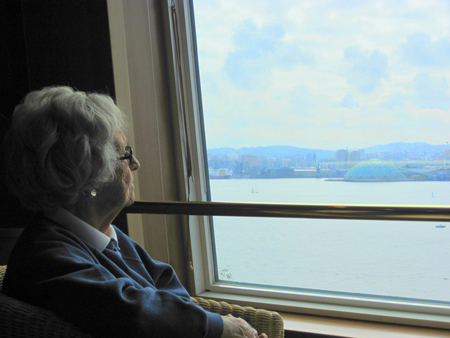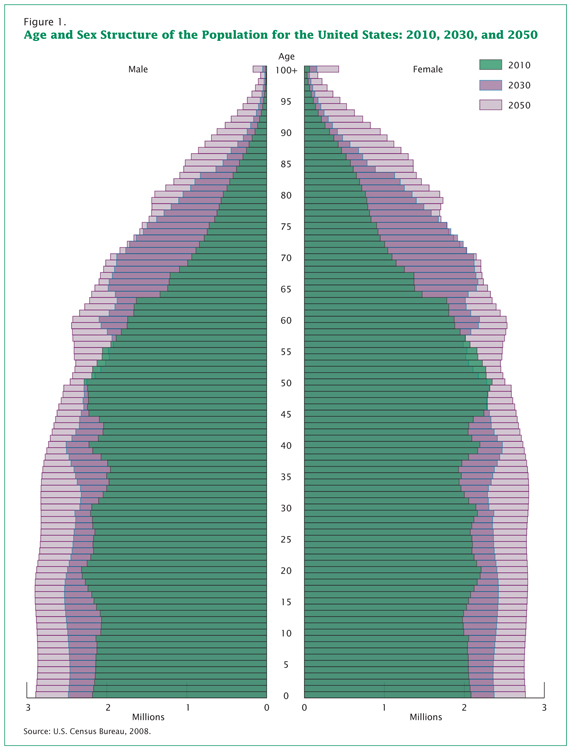| << Chapter < Page | Chapter >> Page > |
Scholars in these disciplines have learned that “aging” reflects not only the physiological process of growing older but also our attitudes and beliefs about the aging process. You’ve likely seen online calculators that promise to determine your “real age” as opposed to your chronological age. These ads target the notion that people may “feel” a different age than their actual years. Some sixty-year-olds feel frail and elderly, while some eighty-year-olds feel sprightly.
Equally revealing is that as people grow older they define “old age” in terms of greater years than their current age (Logan 1992). Many people want to postpone old age and regard it as a phase that will never arrive. Some older adults even succumb to stereotyping their own age group (Rothbaum 1983).
In the United States, the experience of being elderly has changed greatly over the past century. In the late 1800s and early 1900s, many U.S. households were home to multigenerational families, and the experiences and wisdom of elders was respected. They offered wisdom and support to their children and often helped raise their grandchildren (Sweetser 1984).
Multigenerational U.S. families began to decline after World War II, and their numbers reached a low point around 1980, but they are on the rise again. In fact, a 2010 Pew Research Center analysis of census data found that multigenerational families in the United States have now reached a record high. The 2008 census data indicated that 49 million U.S. families, 16.1 percent of the country's total population, live in a family household with at least two adult generations—or a grandparent and at least one other generation.
Attitudes toward the elderly have also been affected by large societal changes that have happened over the past 100 years. Researchers believe industrialization and modernization have contributed greatly to lowering the power, influence, and prestige the elderly once held.
The elderly have both benefitted and suffered from these rapid social changes. In modern societies, a strong economy created new levels of prosperity for many people. Healthcare has become more widely accessible, and medicine has advanced, which allows the elderly to live longer. However, older people are not as essential to the economic survival of their families and communities as they were in the past.

Since its creation in 1790, the U.S. Census Bureau has been tracking age in the population. Age is an important factor to analyze with accompanying demographic figures, such as income and health. The population pyramid below shows projected age distribution patterns for the next several decades.


Notification Switch
Would you like to follow the 'Introduction to sociology 2e' conversation and receive update notifications?